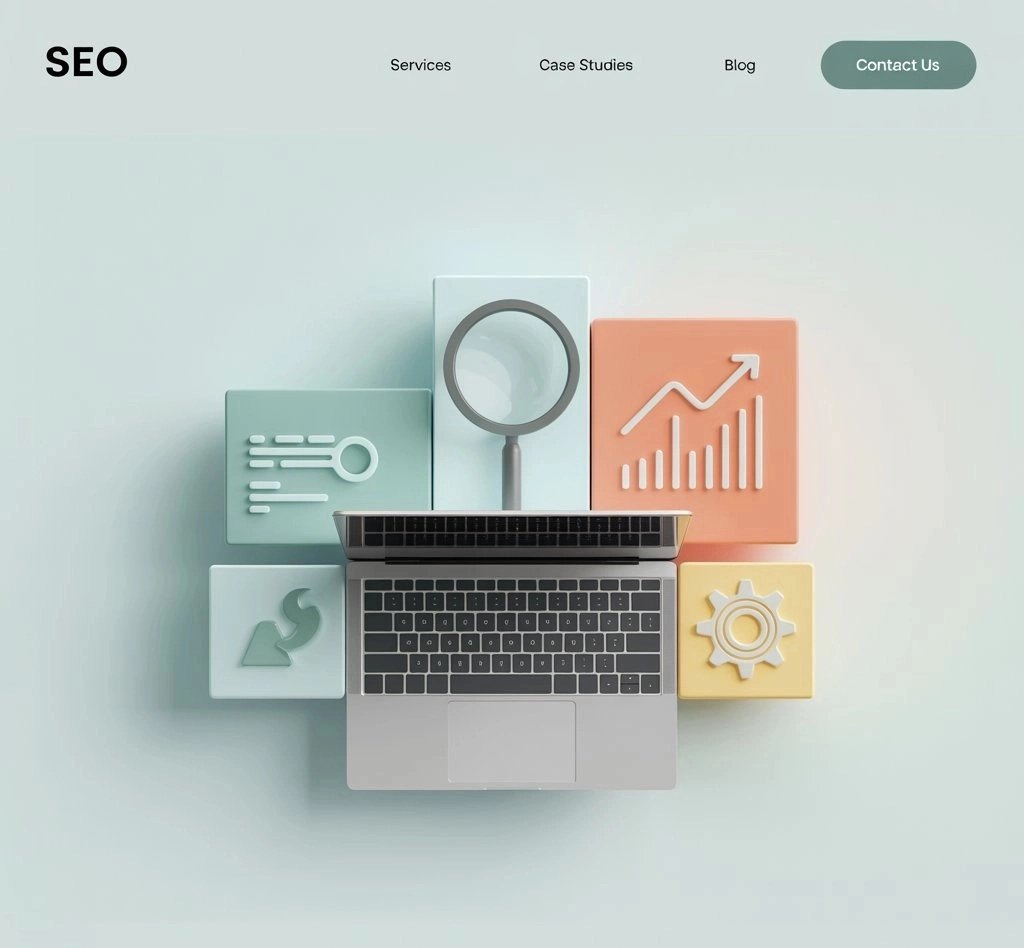
SEO Success Starts Here: The Ultimate Guide to On-Page Optimization
In today’s digital landscape, having a website isn’t enough — it needs to be search engine optimized to truly make an impact. Whether you’re a beginner or an experienced digital marketer, mastering on-page SEO is essential to boost visibility, attract organic traffic, and improve your website’s user experience.
In this guide, we’ll break down the key on-page SEO elements you need to focus on — step by step — with practical tips you can start applying right away.
What is On-Page SEO?
On-page SEO involves refining each webpage’s content and code structure to improve its relevance and visibility in search results. This process helps your content rank higher and perform better across search engines by enhancing both user experience and technical structure.
1. Crafting Keyword-Optimized Title Tags
Your title tag is what users first see in search engine results. A compelling title that includes your primary keyword can increase clicks and help Google understand what your page is about.
Best Practice: Keep it under 60 characters, add your main keyword near the start, and make it catchy.
Example:
“Affordable SEO Services for Small Businesses in India” — This balances keyword use with user intent.
2. Use Structured Headings (H1 to H3)
Headings help organize your content for both users and search engines. Your main heading (H1) should include the target keyword, and subheadings (H2, H3) should support it with variations or related terms.
Tip: Don’t just use headings for style — use them to structure content logically and clearly.
3. Internal Linking for SEO & User Journey
Strategically placing internal links helps distribute page authority and guides users through your website.
For example:
Learn more about how we help brands grow with smart SEO — visit our SEO Services page for details.
Use anchor text that includes related keywords like “SEO strategies”, “digital marketing services”, or “on-page SEO solutions”.

4. Image Optimization: Alt Text, Compression & Naming
Images are more than decoration — they contribute to your SEO performance. Give your image files meaningful names and include keyword-focused alt text to support SEO. Compress them to reduce load time without sacrificing quality.
Tools: TinyPNG, ImageOptim, or your WordPress image optimizer plugin.
5. Mobile-Friendliness & Page Speed
Google gives priority to mobile-friendly and fast-loading websites. Slow or unresponsive pages hurt both user experience and search rankings.
Free Tools:
-
Google PageSpeed Insights
-
GTmetrix
-
Mobile-Friendly Test
6. Content is Still King — But Make it SEO-Ready
High-quality, original, and keyword-rich content keeps users engaged and encourages backlinks. Use long-tail keywords, LSI (latent semantic indexing) keywords, and make sure your content answers the user’s search intent.
Example keywords for this blog:
-
On-page SEO tips
-
SEO optimization techniques
-
Best SEO practices for websites
-
SEO for digital marketers
7. Optimize URLs & Meta Descriptions
Keep your URLs clean and readable. A good URL is short, includes a keyword, and avoids unnecessary characters.
Meta descriptions should be 150–160 characters long, include keywords, and invite users to click.
Example Meta Description for this post:
Explore this comprehensive resource on on-page SEO crafted for digital marketing professionals. Learn actionable tips to improve rankings and drive organic traffic.
Final Thoughts: Start Small, Think Big
You don’t need to be an expert to get started with on-page SEO — just follow the fundamentals. Begin by optimizing one page at a time. Over time, these small changes will lead to significant growth in your search engine rankings.
Looking to improve your website’s SEO performance?
We offer tailored solutions for brands ready to grow. Explore our SEO Services
